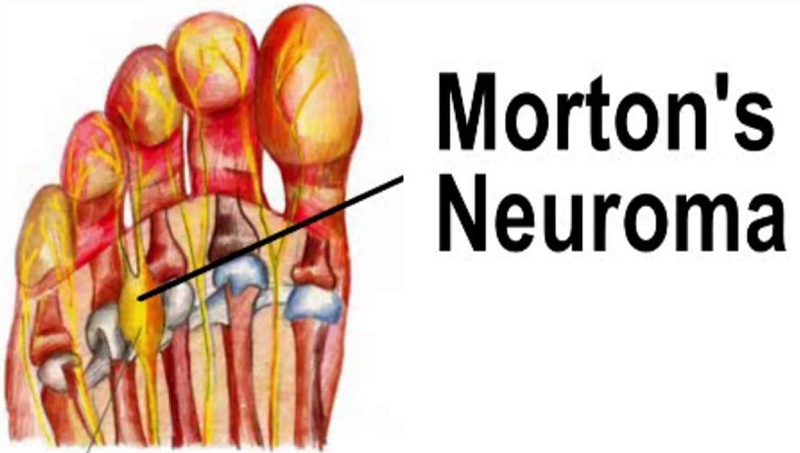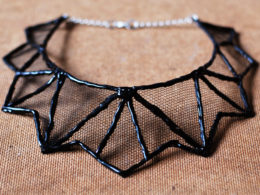Morton’s Neuroma, also commonly referred to as Morton’s metatarsalgia, Morton’s neuralgia, Morton nerve entrapment, intermetatarsal neuroma, and Morton’s disease among many others, is a non-cancerous (benign) nerve tissue growth (neuroma). It occurs in the foot, with many of the cases being between the 3rd and the 4th toes. Not only is this condition very common, it is also extremely painful. This is the main reason as to why a lot of people ask the question: ‘what causes Morton’s Neuroma?’
A Brief Overview on Morton’s Neuroma
Before answering the question posted above, it is first important for people to know what exactly Morton’s Neuroma is.
To put it simply, it is a condition that occurs when a nerve located in the ball of the foot becomes swollen or inflamed. People suffering from this particular type of condition experience pain and/or numbness in the affected area, something that they can only relieve by removing their shoes or other types of footwear and massaging their foot. In Morton’s Neuroma patients, the tissue around one of their nerves become thickened, resulting in a burning and sharp pain centralized in the ball of the foot.
Exact Causes of Morton’s Neuroma
The exact answer to the question: ‘what causes Morton’s Neuroma?’ is actually unknown. Medical professionals have reported that the exact causes of this condition are not always clear. However, what they know is that there are several factors that aggravate and exacerbate the condition. These risk factors include existing problems that affect the foot, the wrong choice in footwear, and sports as well as other physical activities.
It is also important to note that Morton’s Neuroma is believed to be caused by the metatarsal bones (the bones in the toes) pressing against and putting pressure on the nerve when the space in between the bones is narrow. It is thought that this results in the nerve as well as the tissues surrounding it to thicken.
More Information on the Possible Causes of Morton’s Neuroma
As you can see, it is still unclear as to how the question: ‘what causes Morton’s Neuroma?’ will be answered specifically. However, as mentioned above, there are certain risk factors that can aggravate and exacerbate the symptoms associated with the condition. These include the following:
• Foot Conditions – Some medical experts believe that existing problems affecting the foot can be associated with this particular condition. The main reason behind this is because these other foot problems may cause the toe bones to rub against the nerve affected by the Morton’s Neuroma. Existing foot conditions that increases the risk of a person to develop this condition are:
– Toes that are abnormally positioned
– High arches, wherein the instep or the arch of the foot is raised higher than what is considered normal
– Flat feet, wherein the foot has low arches or does not have any arch at all
– Bunions, which are bony swelling found at the base of the toe
– Hammer toes, wherein the toe’s middle joint is bent
• Footwear – Wearing footwear that is too tight can worsen the pain associated with Morton’s Neuroma. High heeled shoes, especially those that have more than 2-inches of heels, can also contribute to the pain worsening.
• Sports and Physical Activities – Being physically active, especially in activities that require exertion of considerable amount of energy and force, can also worsen the pain that Morton’s Neuroma brings.









